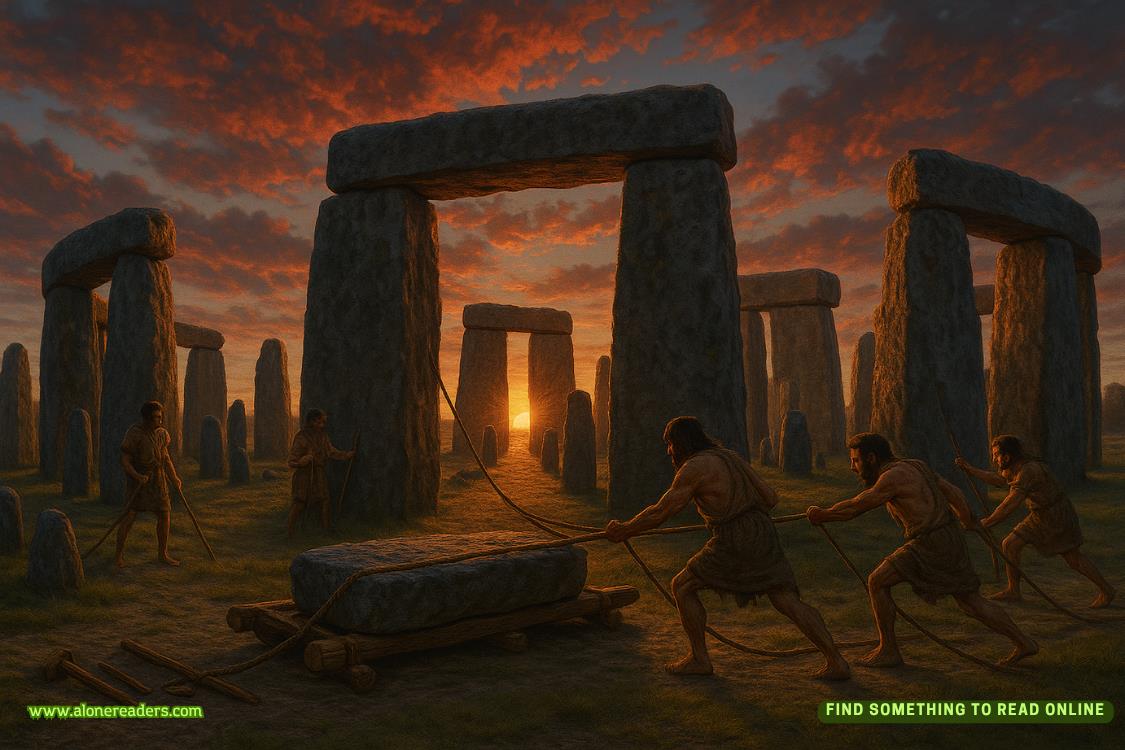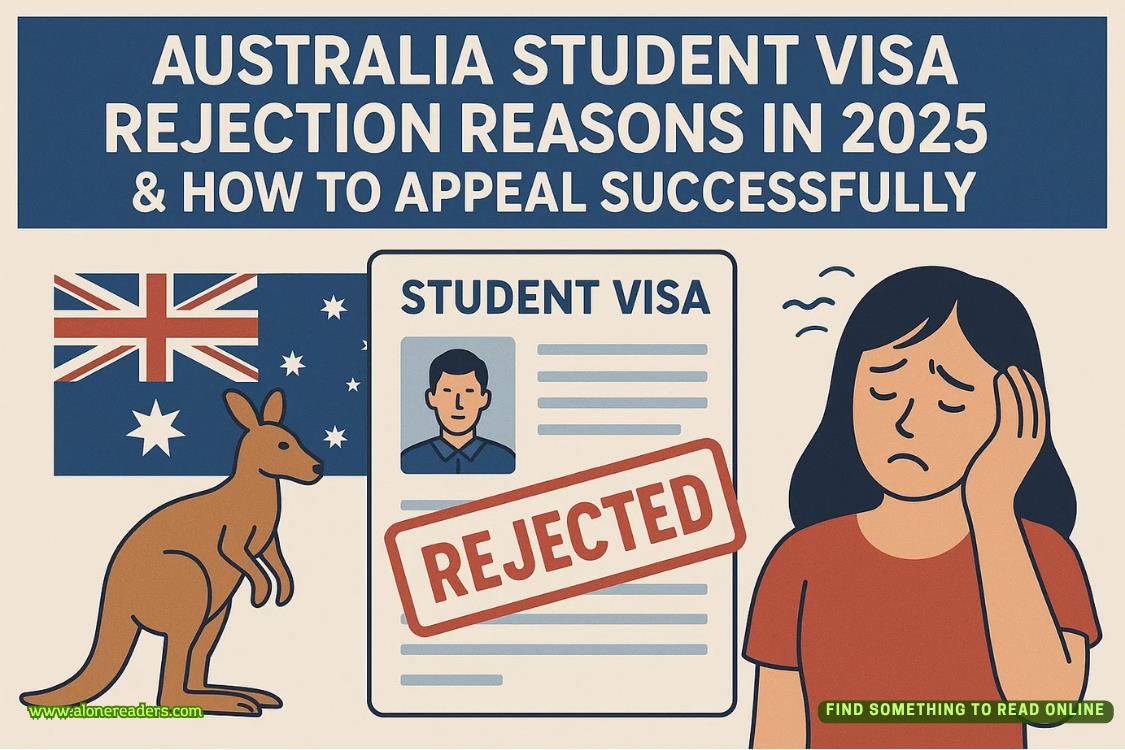Page 24 of Twelve
“I’ve seen the files,” Dean told me. “All three of them.”
That gave me pause. “All three?”
Sloane’s conclusion had been clear: the first two victims had jumped. That was why we were focusing on Kelley—and the church.
“I’m sorry I missed your call,” Dean continued. “I was getting ready to return it. I just wanted to be sure first.”
“Sure?” I asked, wishing he were here, that I could see him, touch him, get a preview of some kind as to what he was thinking.
“Look at the first file,” Dean said. “The photos of the victim taken at the scene.”
I set my phone to speaker and went back to the original email from Briggs, pulling up the file.
The pictures.
The body.
At first, all I saw was blood and bone, a body mangled on the rocks. I knew from Mackenzie that the first two teens had jumped from a cliff, but that wasn’t visible in the picture.
“Do you see it?” The moment the question exited Dean’s mouth, I did. Beside the body, a foot or two removed and even with the victim’s neck, was a plant of some kind, caught between two rocks. At first glance, it looked like it was growing there, but something about the positioning made me question that conclusion.
“I see it. Have you asked Sloane—”
“To ID the plant?” Dean finished. “She says it’s from the genushedera. Ivy. She’s in the process of identifying the exact species, but she gave it a ninety-eight point seven percent chance that it doesn’t grow naturally nearby.”
The fingers on my right hand tightened around the phone. If the plant didn’t grow nearby, that meant that it had been left there, tucked between two rocks.
“Tell me what you’re thinking,” Dean murmured. Something in his tone made me think that the first time I’d called, he’d been buried too deep in the UNSUB’s mind to hear the phone ring. He wanted to know if he’d gone too deep, if I saw it, too.
“The first two victims weren’t murdered,” I said. “Sloane said they jumped.”
And yet…
Without being prompted to, I downloaded a photograph of the second suicide victim. Scanning the surroundings didn’t reveal any plants—flowered or otherwise—among the rocks, but there was a small collection of stones.
Four of them, clustered a foot or two to the right of the victim’s neck.
“Mourning,” I said, parsing through it out loud. “Or marking.” I paused, then went ahead and took that logic one step further. “Someone found the bodies before the police did and marked the sites.”
Were you the one who found them? Did youknowthem? Mourn for them?
“What are the chances of the same person finding both suicide victims?” I asked. The markers might have been different, but the positioning was the same.
Dean’s response was a long time in coming. “The chances are good,” he said finally, his voice reverberating in my bones, “if I watched.”
YOU
There have been so many over the years. Kelley was different. Kelley was not your best work. You failed her.
You won’t fail again.
“How could our UNSUB have known in advance that there would be somethingtowatch?” I asked.
Once was a coincidence. Twice was a pattern. In our line of work, patterns had meaning. Sometimes, they told us about a suspect’s routine. Where they lived. How they spent their time. The radius in which they traveled.
But sometimes?
A pattern told us about the killer’s need.















